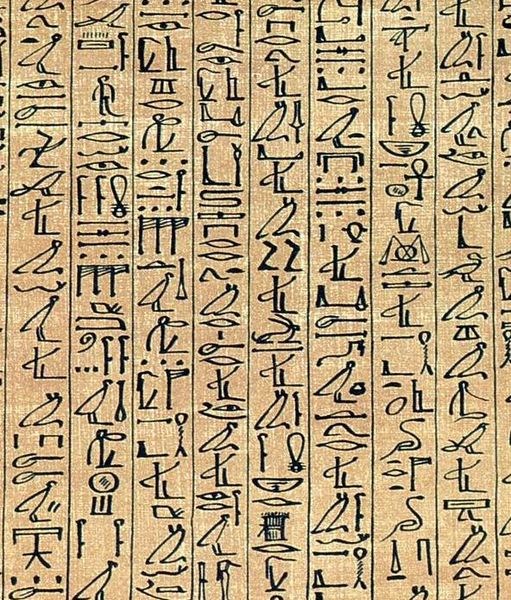 Attempting to read and understand certification markings on a sensor designed for hazardous locations is a bit like learning a new language. Even for a seasoned engineered, these markings can be cryptic. So to de-mystify these markings, and help you understand what you’re getting, we’ll provide some translations for you.
Attempting to read and understand certification markings on a sensor designed for hazardous locations is a bit like learning a new language. Even for a seasoned engineered, these markings can be cryptic. So to de-mystify these markings, and help you understand what you’re getting, we’ll provide some translations for you.
Disclaimer: We will discuss CSA and FM markings on level and pressure sensors only. Most of this information is gathered from CSA International. This is openly available to anyone who wants to put in the research time, but we weren’t able to find it well organized. We provide it here to save you the time. Refer to the appropriate source for the most up-to-date information as codes can change regularly.
To kick us off, we should start by defining exactly what information is provided in a specific sensor marking. There are a really two ways of presenting information – one for North America, and one for Europe/International. In an effort to keep it simple, it’s best to think of these two standards as the division system (North America) and the zone system (International):
|
Division System |
Zone System |
||
| Hazard Classification | Class 1,2,3 | Hazard Classification | Class 1,2,3 |
| Area Classification | Division 1,2 | Area Classification | Zone 0,1,2 |
| Gas Group | Groups A – G | Code Conformity | A (U.S.) or E (Europe) |
| Temperature code | T1 – T6 | Explosion Protection | Ex |
| Protection Method | i,d,p,e,m,o,q,n | ||
| Gas Group | IIA - IIC | ||
| Temperature code | T1 – T6 | ||
For example, here are markings from the same sensor, represented using both the division system and the zone system:
Class I, Div. 2, Groups C & D, T6
Class I, Zone 2, AEx nA IIB T6 (refer to our LPU-2127 ultrasonic sensor)
You may notice a few oddities. This is why translation can be so difficult. First, the “A” declaring that the sensor conforms to U.S. code is combined with the “Ex” declaring explosion protection. This is simply how it’s done.
Second, the “n” specifying a Non-Incendive protection method has a capital “A” next to it. This is to specify non-arcing.
Unfortunately, there are a lot of quirks in certification markings. You just have to get used to it. Fortunately, most of you won’t have to worry about the really specific stuff, such as non-arcing. For those who need to know it, you can refer to code documentation from either the NEC or the IEC.
Refer to the tables below for a complete translation:
| Division System | ||
| Hazard Classification | Class 1 | Gas, Vapors |
| Area Classification | Division 2 | Abnormal Conditions |
| Gas Group | Groups C & D | Ethylene, Propane |
| Temperature code | T6 | Max Surface Temp 85° C |
Zone System
| Hazard Classification | Class 1 | Gas Vapors |
| Area Classification | Zone 2 | Abnormal Conditions |
| Code Conformity | A | U.S. |
| Protection | Ex | Explosion |
| Protection Method | nA | Non-Incendive/Non-Arcing |
| Gas Group | IIB | Ethylene |
| Temperature code | T6 | Max Surface Temp 85° C |
Every now and then, the division system is appended with additional markings such as this:
Class I, Div. 1, Groups C & D, Ex ia IIB T4 (refer to our Hammer Union Pressure Transducer)
You’ll notice the markings “Ex” for explosion protection, “ia” for intrinsic safety (2 faults), and “IIB” for ethylene gas have been thrown into the mix. Don’t worry about this, as the meanings are still the same. Just use the zone system translation to decode this.
The zone system markings for the same sensor read as follows:
Class I, Zone 0, AEx ia IIB T4
We could pour over example after example. However, to help you translate any hazardous location markings, we’ll wrap up with a list of (almost) all the markings used in the division and zone system. Enjoy! Let us know if you have any questions.
Gas Groups
|
Division |
Zones |
|
| A | IIC | Acetylene |
| B | Hydrogen | |
| C | IIB | Ethylene |
| D | IIA | Propane |
Temperature Codes
| Division | Zones | Max Surface Temp (°C) |
| T1 | T1 | 450 |
| T2 | T2 | 300 |
| T2A | - | 280 |
| T2B | - | 260 |
| T2C | - | 230 |
| T2D | - | 215 |
| T3 | T3 | 200 |
| T3A | - | 180 |
| T3B | - | 165 |
| T3C | - | 160 |
| T4 | T4 | 135 |
| T4A | - | 120 |
| T5 | T5 | 100 |
| T6 | T6 | 85 |